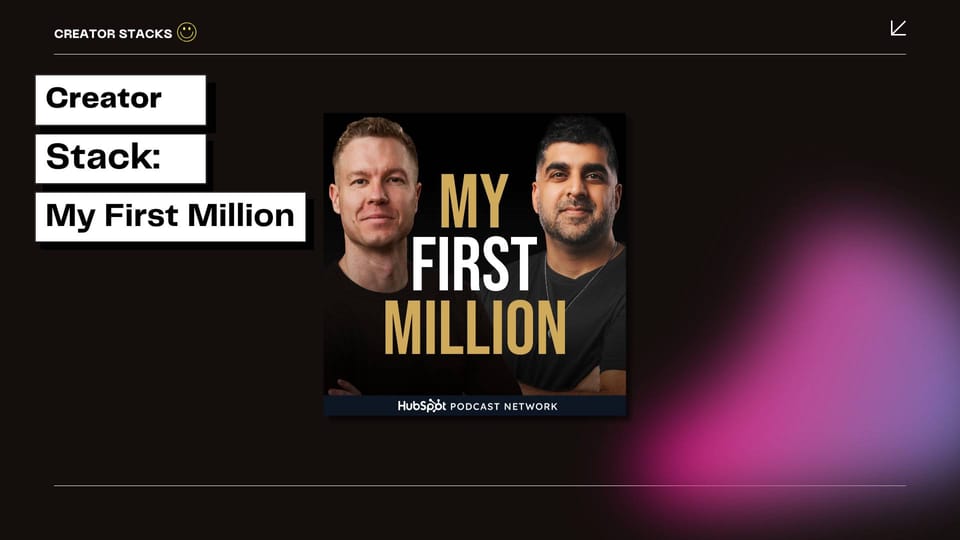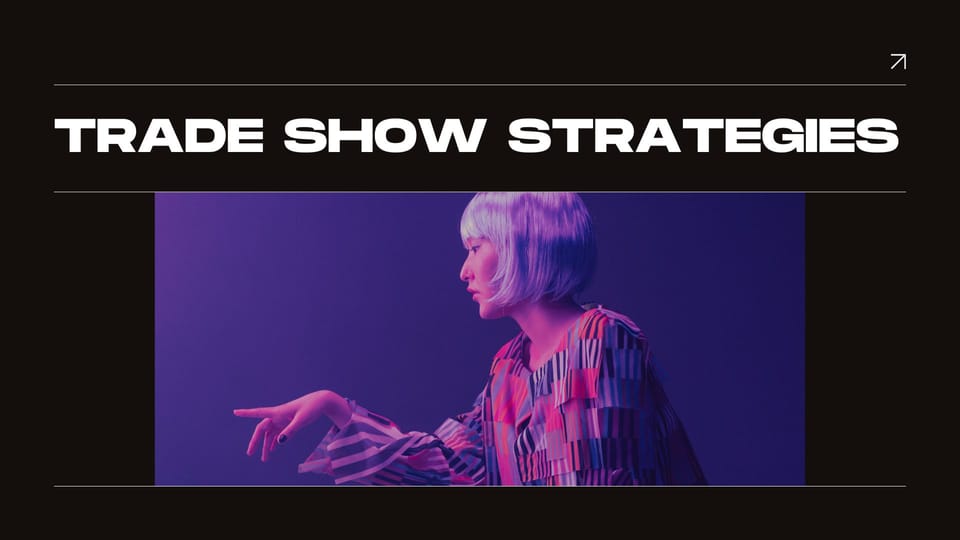Unpacking the Magic of Content Market Fit
In this post, we'll explore how dialing into the right content market fit can transform your content strategies from good to unmissable.

What is Content-market Fit?
The cross between what you produce and what your audience craves is "Content Market Fit." In more formal terms it is the alignment of your content with your target audience's specific needs, preferences, and behaviors.
But why is finding your content market fit crucial for content creators and brands?
In this post, we'll explore how dialing into the right content market fit can transform your content strategies from good to unmissable, significantly boosting engagement and driving the success of your marketing efforts.
Alright, let’s get into the nitty-gritty of it.
Step 1 - Know Thy Audience
First things first: aligning your content with what tickles your audience's fancy. This isn’t about guessing what they might like (we're not throwing spaghetti at the wall here); it’s about knowing them inside out.
- What do they need?
- What do they love?
- Where do they hang out (IRL and/or online)
- What keeps them up at night?
Once you’ve got that down, you're halfway to content-market fit.
Now, what if you aren't part of your audience? For example: you're a marketer hired to create content about a niche you know nothing about.
In that case, try scouring through Reddit, joining communities, and finding out where they hang out. From there, you can find answers to the questions above.
Step 2 - Pick Your Style
There's a whole rack of content types to choose from. Maybe your audience loves a good how-to guide (educational), or perhaps they live for a belly laugh (entertaining). Or are they the types looking for a daily dose of motivation (inspirational)? And let’s not forget the heart-to-hearts (conversational) that make everyone feel right at home. Mixing and matching these can keep your content fresh and engaging.
Dare to Be Different
Now, about standing out—because, let’s face it, the internet is as crowded as an exit row on a long-haul flight. Differentiation is your best friend here.
Maybe it’s your tone, your style, or how you dive deep into topics that others only skim the surface of. This differentiation is your voice.
Imagine if your content could walk into a room and turn heads. That’s what finding your unique voice can do. It's not just what you say; it’s how you say it.
Step 3 - Tuning Into Your Audience - Measuring Engagement and Feedback
So, you’ve put your heart and soul into crafting content, but how do you know it’s hitting the mark? It’s time to turn to the digital equivalent of applause (or crickets): metrics.
The Metrics That Matter
Imagine content creation as a science lab. Your experiments? The posts and videos you whip up. The results? Well, that’s where key metrics come into play. Keep your eyes on the prize
- Engagement rates (how many replies are you getting?),
- Subscriber rates (how many fans are turning into subscribers?)
- Social shares (Are people sharing your content?).
Step 4 - Listen, Adapt, and Overcome
Now, just looking at numbers is like hearing the weather forecast and not grabbing an umbrella on a rainy day—it’s not much use if you don’t act on it.
Use feedback and analytics to tweak and tailor your content. If something’s not working, pivot faster than a cat caught raiding the pantry. And when you strike gold, double down and keep those hits coming.
Not every piece of content is going to be a home run. But here’s the good news—every piece of content is a chance to improve. Welcome to the world of iteration and the art of A/B testing!
A/B Testing: The Secret Sauce
Think of A/B testing as your content lab’s split personality experiment. By testing two versions—a spicy headline here, a zesty image there—you get to see what really flavors your audience’s fancy.
Don’t just stop at headlines; play around with images, layouts, and those all-important calls-to-action. It’s like trying on outfits before a big date. You want to look your best, right?

Learn, Adapt, Repeat
Every content creator will face their share of flops and fanfares. The key? Learn from both. If a post doesn’t go as planned, don’t sweep it under the rug. Pull it apart, see what went wrong, and use that knowledge as power for your next creation. On the flip side, when you find something that resonates, understand why it worked and how you can replicate that success.
Keep Your Content Fresh
Your audience’s tastes will evolve, and so should your content. This isn’t a set-it-and-forget-it kind of deal. It’s about adapting and staying as dynamic as the internet itself. Regularly revisit your content strategy, shake it up, and keep those creative juices flowing.
Tips for Staying on Top
Here are a few quick tips to keep you on your toes:
- Stay Curious: Always be on the lookout for new trends and audience shifts. The world moves fast, and so should you.
- Feedback Loops: Encourage and listen to feedback. It’s like having a GPS for your content strategy.
- Schedule Reviews: Schedule time regularly to review and refresh your content. Think of it as spring cleaning, but make it seasonal.
Content Market Fit Examples - Brands Who've Nailed It
Need some inspo? Take a page from some creators and brands that are killing it by producing content that’s as snug as a glove to their audience's preferences.
1. The Hustle - Engaging and Witty Tech & Business News
The Hustle has carved out a niche in the crowded space of business and tech news by delivering content that's not only informative but also entertaining. Recognizing that their audience, primarily young professionals and entrepreneurs, appreciate a quick, digestible read that both informs and entertains, The Hustle uses a conversational and witty tone to discuss various topics.
This approach makes the often dry world of business news much more engaging and has helped them stand out in a market saturated with traditional news outlets.
1. GoPro - Adventurous User-Generated Content
GoPro has mastered the art of content market fit by leveraging user-generated content (UGC). By encouraging users to share their adventurous experiences captured with GoPro cameras, they not only showcases the quality and durability of its products but also builds a community of loyal, engaged followers. This content strategy aligns perfectly with their target market—adventure sports enthusiasts who love to capture and share their exploits.
Currently, they have over 20 million followers on Instagram and over 48.7M on TikTok:


2. Canva - Educational and Inspirational Content
Recognizing that many of its users are not professionally trained designers, Canva offers educational content, including tutorials, templates, and design tips, right within their blog and through email newsletters. This content helps users get more out of the platform and inspires them to explore new possibilities, perfectly aligning with the needs of their user base.
This strategy also enables them to easily partner with creators who are already using Canva to create content. It's like an instant feedback loop between the brand and the creator, pushing brand awareness.
We Love to Hear from You!
Got thoughts, feedback, or a lightbulb moment while reading this?
Don’t keep it to yourself! Subscribe to our newsletter and let us know. We’re all ears and eager to chat about your experiences.




